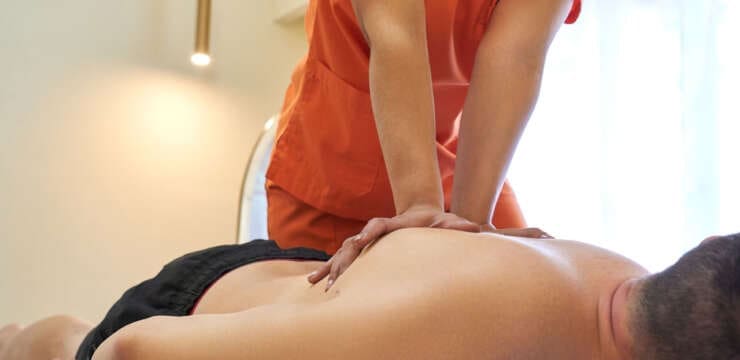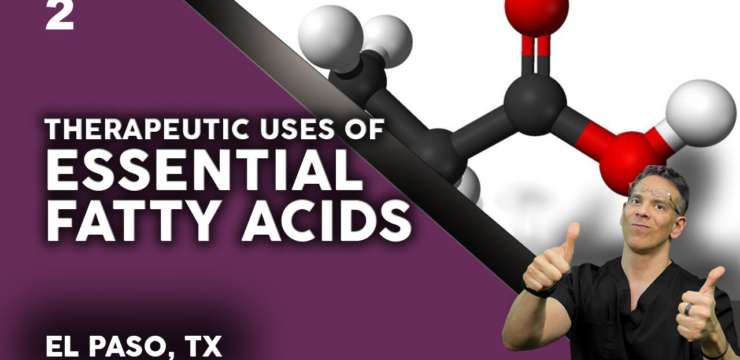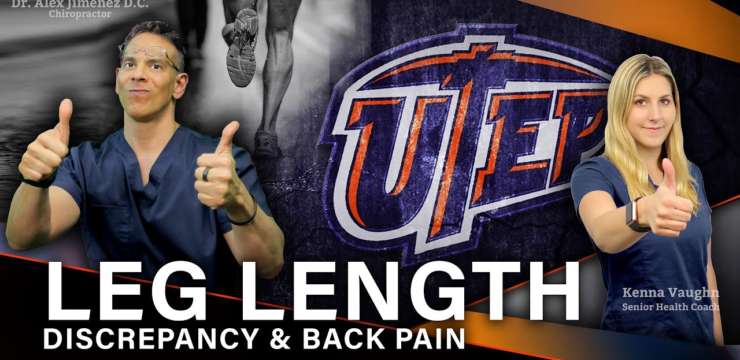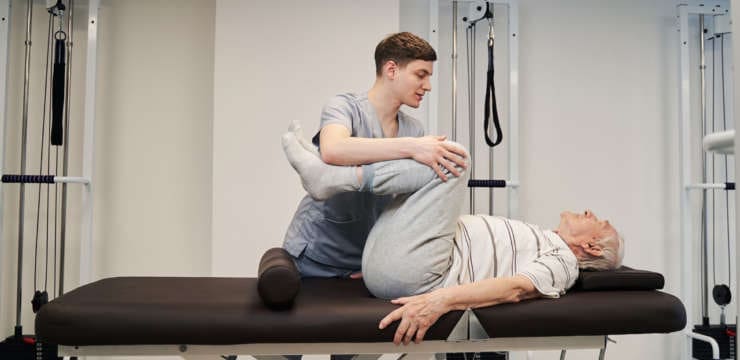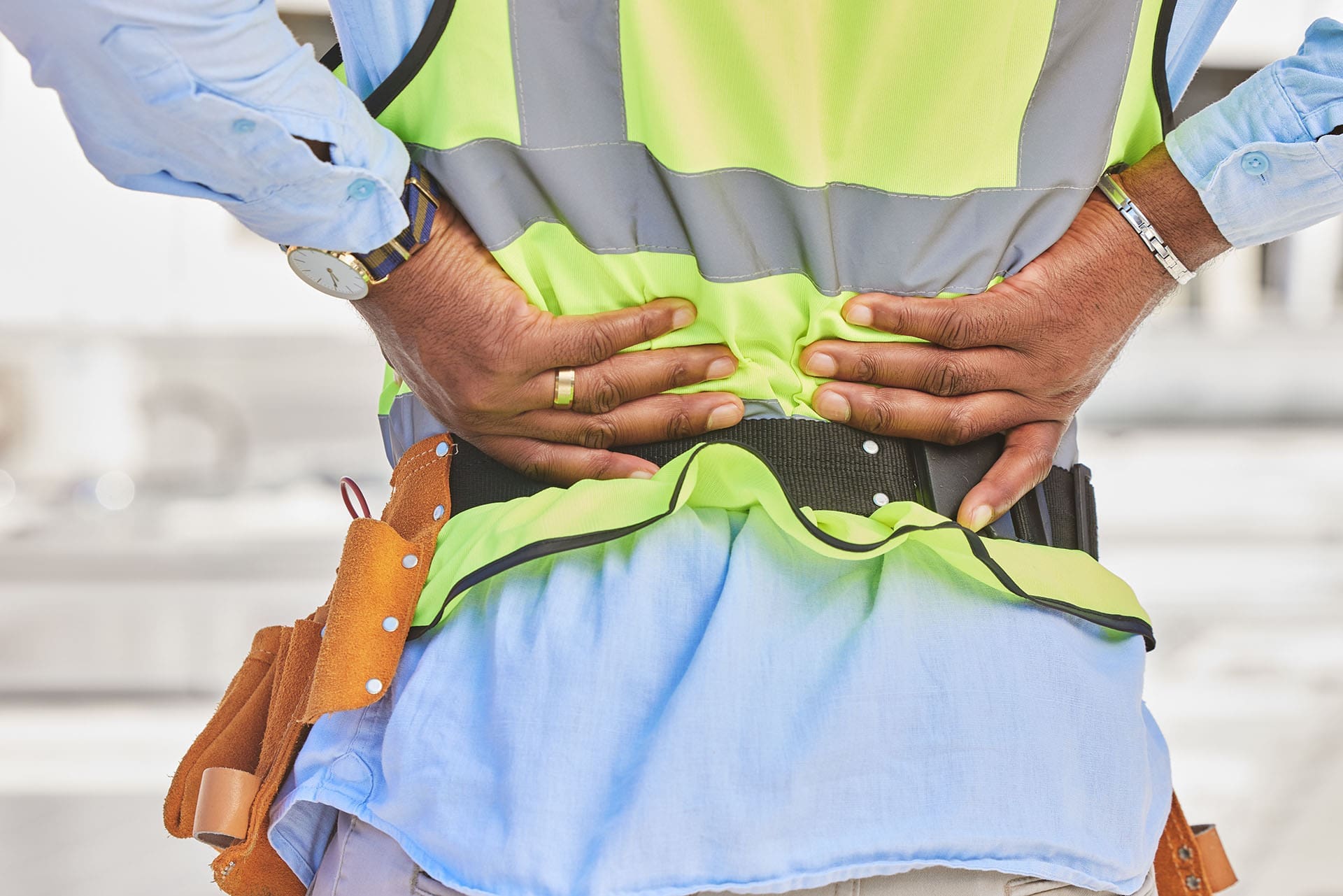
Table of Contents
Sciatic Nerve Compression, Pinching, and Crush: A Health-Coaching Guide to Healing and Prevention

Why this matters
When the sciatic nerve (or the lumbar nerve roots that form it) is compressed, pinched, or crushed, it suffers physical damage. First, the signals are slow. Then, if pressure continues, the nerve’s insulation (myelin) frays, and the inner wire (axon) can break down. That is why people feel sharp pain, tingling, numbness, and weakness—and why time under pressure makes a big difference in recovery (Mayo Clinic, 2023; Penn Medicine, 2024). Mayo Clinic+1
Think of the nerve like a cable: axons = wires, myelin = insulation, and protective sheaths that hold everything together. Mild, short-lived pressure often causes a reversible conduction block. Strong or long-lasting pressure can injure the axon and take much longer to heal (Menorca et al., 2013). PMC
What physically happens to the sciatic nerve (simple science)
1) Mechanical squeeze ? signal slowdown
Direct pressure flattens the nerve and disturbs the tiny channels that move ions across its membrane. Signals are slow or blocked. Early on, this is often a myelin problem (demyelination) without axon loss—so symptoms may improve after pressure is removed (Menorca et al., 2013). PMC
2) Ischemia (low blood flow)
Compression squeezes the blood supply. With less oxygen and nutrients, the nerve can’t maintain normal signaling, making pain, tingling, or weakness worse. Prolonged ischemia can lead to structural injury (Verywell Health, 2023). Verywell Health
3) Edema and inflammation
Swelling builds inside tight tissue tunnels, which raises pressure even more. This can start a cycle of more swelling ? more compression ? more pain (clinical overviews in nerve compression care describe this cycle). advancedosm.com
4) Axon damage and Wallerian degeneration (with stronger or longer pressure)
If the axon is injured, the part of the fiber beyond the injury site breaks down (Wallerian degeneration). Weakness and numbness become more obvious, and recovery takes longer because axons must regrow (Menorca et al., 2013; MedStar Health, n.d.). PMC+1
Why injuries trigger sciatica
Discs can bulge or herniate during a sudden twist or impact. Bone spurs (often with osteoarthritis) and thickened ligaments can narrow the space for nerve roots. Tight or swollen deep gluteal muscles can also irritate the sciatic nerve pathway. Any of these can produce classic leg pain, pins-and-needles, or weakness (Mayo Clinic, 2023; Penn Medicine, 2024). Mayo Clinic+1
Crush injuries (like a heavy object pinning the leg) can directly damage sciatic fibers or cause dangerous compartment-like pressure that starves nerves and muscles of blood. Acute compartment pressure is an emergency (Horton & Mendez, 2024; PhysioWorks, n.d.). Horton Mendez+1
How symptoms show up (and what they mean)
-
Pain: sharp, electric, or burning—often shooting from the lower back/buttocks down the leg.
-
Tingling/numbness: a sign that sensory fibers are affected.
-
Weakness: points to motor fiber involvement (trouble pushing off, lifting the foot, or bending the knee).
A clinic test, like the straight-leg raise, and a focused neuro exam help confirm nerve-root irritation patterns (Penn Medicine, 2024). Penn Medicine
Urgent signs: new or worsening leg weakness, foot drop, saddle numbness, or bladder/bowel changes—seek urgent care. Severe, late-stage sciatica can cause lasting deficits if not addressed (ADR Spine, 2025). ADRSpine
Injury grades (why some cases bounce back and others linger)
-
Neurapraxia (mild): myelin injury ? temporary conduction block ? recovery likely.
-
Axonotmesis (moderate): axon disrupted ? weakness, sensory loss ? axon must regrow.
-
Neurotmesis (severe): nerve fully torn ? surgery usually required.
(Menorca et al., 2013). PMC
Takeaway: duration and force of pressure matter. Remove pressure early, move smart, and protect the nerve’s blood flow.
Health-coaching lens: what helps nerves heal
Your daily choices—movement, posture, sleep, stress, and food—either reduce nerve pressure and inflammation or keep the cycle going. A health coach helps you build simple, repeatable habits that support healing while your clinical team treats the root cause.
The “Less Pressure, More Flow” plan
-
Move in small, frequent doses
Short, gentle walks keep blood flowing, reduce stiffness, and calm the nervous system. Aim for several 3–8-minute “movement snacks” daily. Add time as symptoms settle. -
Position breaks
Alternate sitting, standing, and lying. Use a timer every 30–45 minutes. -
Hip hinge and neutral spine
Bend from the hips, keep the load close, and avoid deep flexion when flared. -
Sleep support
Side-lying with a pillow between knees or back-lying with knees elevated to reduce nerve tension. -
Breath + stress reset
4-second inhale, 6-second exhale, 2–5 minutes—several times a day to down-shift pain sensitivity. -
Anti-inflammatory eating
Focus on fiber-rich plants, lean proteins, omega-3 sources, and hydration; limit alcohol and ultra-processed foods that may amplify inflammation. -
Guided home exercise
Begin with gentle nerve-friendly mobility and core/hip endurance, then progress under clinician guidance (Penn Medicine, 2024). Penn Medicine
Coach Tip: It’s normal to feel some mild, short-lived symptoms when you resume movement. Sharp, spreading pain or new weakness are signals to slow down and contact your clinician.
How integrative chiropractic care fits (spine + soft tissue + rehab)
Integrative chiropractic care blends spinal manipulation/mobilization, non-surgical decompression, soft-tissue therapy, and progressive rehab to lower mechanical stress, calm muscle guarding, and restore healthy motion. This approach also screens for red flags and coordinates imaging and referrals when needed (Penn Medicine, 2024; MedStar Health, n.d.). Penn Medicine+1
-
Spinal manipulation/mobilization: can improve joint mechanics and reduce nerve-root irritation in selected patients.
-
Soft-tissue therapy: eases spasm and improves gliding where the nerve travels (e.g., deep gluteal region). Massage and manual techniques should avoid positions or pressures that worsen nerve symptoms (AMTA, 2020). American Massage Therapy Association
-
Rehabilitation exercise: builds core and hip endurance, flexibility, and movement control to prevent repeat compression.
-
Double-crush awareness: address all irritation sites (spine and peripheral) for better outcomes (Southwest Wound Care, n.d.). Southwest Regional Wound Care Center
Coach Tip: Quality beats intensity. Perfect one or two exercises you can do daily. Consistency is your superpower.
Testing, imaging, and when to escalate
-
Exam first. The pattern of pain, sensation, strength, and reflexes guides the next steps.
-
MRI clarifies disc herniation, stenosis, and root irritation.
-
EMG/NCS helps grade injury and track recovery.
-
MR neurography can map peripheral nerve injury in select cases.
If red flags or progressive deficits appear, prompt specialty referral is essential (Penn Medicine, 2024; MedStar Health, n.d.). Penn Medicine+1
Health-Coach Clinic Playbook: a 4-week starter roadmap
Week 1: Calm & Protect
-
Movement snacks (3–8 minutes, 5–8×/day).
-
Position breaks every 30–45 minutes.
-
Two “comfort positions” for sleep.
-
2–3 simple core/hip drills approved by your clinician.
-
Breath work: 2–5 minutes, 2–3 times per day.
Week 2: Restore Motion
-
Add gentle nerve-friendly mobility (sliders—not stretch-and-hold) as tolerated.
-
10–12 minutes of daily walking in divided sessions.
-
Start a simple food swap: add one omega-3 source and one extra veggie serving.
Week 3: Build Endurance
-
Consolidate walking to 15–20 total minutes/day.
-
Add one strength move for the hips (e.g., bridges or clamshells).
-
Ergonomics: seat height, lumbar support, and screen at eye level.
Week 4: Return to Life Tasks
-
Build sit tolerance, develop a lift strategy, and practice short commutes.
-
Add one fun activity (gardening, gentle cycling) if symptoms are stable.
-
Plan for “relapse prevention”: travel strategies, meeting breaks, and a daily 10-minute reset.
Coach Tip: If pain surges or weakness appears, scale back a step and notify your provider. Recovery is non-linear; progress still counts.
Where Dr. Alexander Jimenez, DC, APRN, FNP-BC, fits in your care team
In El Paso, Dr. Alexander Jimenez leads an integrative practice that blends chiropractic and nurse-practitioner care. His team uses dual-scope exams (ortho-neuro and primary-care screening), advanced imaging when appropriate, and staged rehab to connect mechanism ? findings ? plan ? outcomes. For injuries from work, sports, personal incidents, and MVAs, they also produce the medical documentation many cases require (Jimenez Clinic profile). El Paso, TX Doctor Of Chiropractic
Health-coaching alignment with Dr. Jimenez’s approach:
-
Clear diagnosis first ? targeted manual care and rehab, not one-size-fits-all.
-
Imaging and electrodiagnostics, when needed ? precise level/severity guides safer loading.
-
Phase-based progression ? protect, restore motion, build endurance, and return to role.
-
Lifestyle & ergonomics ? coaching turns clinic gains into daily habits that last.
FAQ
“Can I stretch the nerve?”
Gentle nerve glides (sliders) are used only when approved by your clinician. Strong stretch can flare symptoms. Start small and pain-free.
“Is massage safe?”
Yes—when tailored. The aim is to reduce compression and guarding, not to push into nerve pain. Skilled therapists adjust pressure and positions to keep symptoms quiet (AMTA, 2020). American Massage Therapy Association
“How long until I feel better?”
Myelin irritation can settle in days to weeks. Axon injuries take longer as fibers regrow. Consistent habits plus targeted care speed safe recovery (Mayo Clinic, 2023; MedStar Health, n.d.). Mayo Clinic+1
“What is double-crush?”
Irritation at two sites along the same nerve (for example, at the spine and deep gluteal region). Treating both sites unlocks better results (Southwest Wound Care, n.d.). Southwest Regional Wound Care Center
Red-flag checklist (don’t wait on these)
-
New or worsening leg weakness or foot drop
-
Saddle numbness
-
Bladder or bowel changes
-
Unrelenting, severe pain with night symptoms
These signs need urgent medical evaluation (ADR Spine, 2025). ADRSpine
The big picture
Sciatic nerve problems are often a mechanical, metabolic, and behavioral puzzle. Treatment works best when we:
-
Reduce mechanical pressure,
-
Restore blood flow and motion,
-
Rebuild strength and control, and
-
Lock in daily habits that keep the nerves happy.
A health-coaching partnership turns this plan into real life—one small, steady step at a time.
References
American Massage Therapy Association. (2020, February 13). Massage therapy for nerve compression injuries. American Massage Therapy Association
Horton & Mendez. (2024). Do crush injuries cause nerve damage?. Horton Mendez
MedStar Health. (n.d.). Lesion of the sciatic nerve. MedStar Health
Menorca, R. M. G., Fussell, T. S., & Elfar, J. C. (2013). Peripheral nerve trauma: Mechanisms of injury and recovery. Hand (N Y). PMC
Mayo Clinic Staff. (2023, March 16). Pinched nerve: Symptoms & causes. Mayo Clinic
Penn Medicine. (2024). Sciatica. Penn Medicine
PhysioWorks. (n.d.). Compartment syndrome. PhysioWorks!
Southwest Regional Wound Care Center. (n.d.). Double crush syndrome: Understanding this complex nerve condition. Southwest Regional Wound Care Center
Verywell Health. (2023, June 21). How ischemia affects different parts of the body. Verywell Health
Jimenez, A. (n.d.). El Paso, TX — Functional and integrative injury care. El Paso, TX Doctor Of Chiropractic
Advanced Orthopaedics & Sports Medicine. (n.d.). Peripheral nerve compression. advancedosm.com
ADR Spine. (2025, March 3). Last stages of sciatica: Causes, symptoms, & treatment. ADRSpine
Disclaimers
Professional Scope of Practice *
The information herein on "Sciatic Nerve Compression Pinching and Crush Treatment" is not intended to replace a one-on-one relationship with a qualified health care professional or licensed physician and is not medical advice. We encourage you to make healthcare decisions based on your research and partnership with a qualified healthcare professional.
Blog Information & Scope Discussions
Welcome to El Paso's wellness blog, where Dr. Alex Jimenez, DC, FNP-C, a board-certified Family Practice Nurse Practitioner (FNP-C) and Chiropractor (DC), presents insights on how our team is dedicated to holistic healing and personalized care. Our practice aligns with evidence-based treatment protocols inspired by integrative medicine principles, similar to those found on dralexjimenez.com, focusing on restoring health naturally for patients of all ages.
Our areas of chiropractic practice include Wellness & Nutrition, Chronic Pain, Personal Injury, Auto Accident Care, Work Injuries, Back Injury, Low Back Pain, Neck Pain, Migraine Headaches, Sports Injuries, Severe Sciatica, Scoliosis, Complex Herniated Discs, Fibromyalgia, Chronic Pain, Complex Injuries, Stress Management, Functional Medicine Treatments, and in-scope care protocols.
Our information scope is limited to chiropractic, musculoskeletal, physical medicine, wellness, contributing etiological viscerosomatic disturbances within clinical presentations, associated somato-visceral reflex clinical dynamics, subluxation complexes, sensitive health issues, and functional medicine articles, topics, and discussions.
We provide and present clinical collaboration with specialists from various disciplines. Each specialist is governed by their professional scope of practice and their jurisdiction of licensure. We use functional health & wellness protocols to treat and support care for the injuries or disorders of the musculoskeletal system.
Our videos, posts, topics, subjects, and insights cover clinical matters, issues, and topics that relate to and directly or indirectly support our clinical scope of practice.*
Our office has reasonably attempted to provide supportive citations and has identified the relevant research studies or studies supporting our posts. We provide copies of supporting research studies available to regulatory boards and the public upon request.
We understand that we cover matters that require an additional explanation of how they may assist in a particular care plan or treatment protocol; therefore, to discuss the subject matter above further, please feel free to ask Dr. Alex Jimenez, DC, APRN, FNP-BC, or contact us at 915-850-0900.
We are here to help you and your family.
Blessings
Dr. Alex Jimenez DC, MSACP, APRN, FNP-BC*, CCST, IFMCP, CFMP, ATN
email: coach@elpasofunctionalmedicine.com
Licensed as a Doctor of Chiropractic (DC) in Texas & New Mexico*
Texas DC License # TX5807
New Mexico DC License # NM-DC2182
Licensed as a Registered Nurse (RN*) in Texas & Multistate
Texas RN License # 1191402
ANCC FNP-BC: Board Certified Nurse Practitioner*
Compact Status: Multi-State License: Authorized to Practice in 40 States*
Graduate with Honors: ICHS: MSN-FNP (Family Nurse Practitioner Program)
Degree Granted. Master's in Family Practice MSN Diploma (Cum Laude)
Dr. Alex Jimenez, DC, APRN, FNP-BC*, CFMP, IFMCP, ATN, CCST
My Digital Business Card

